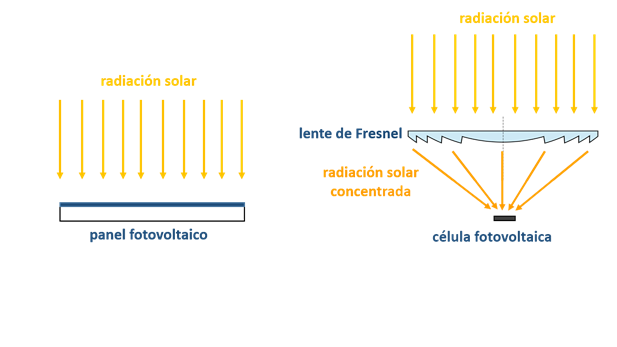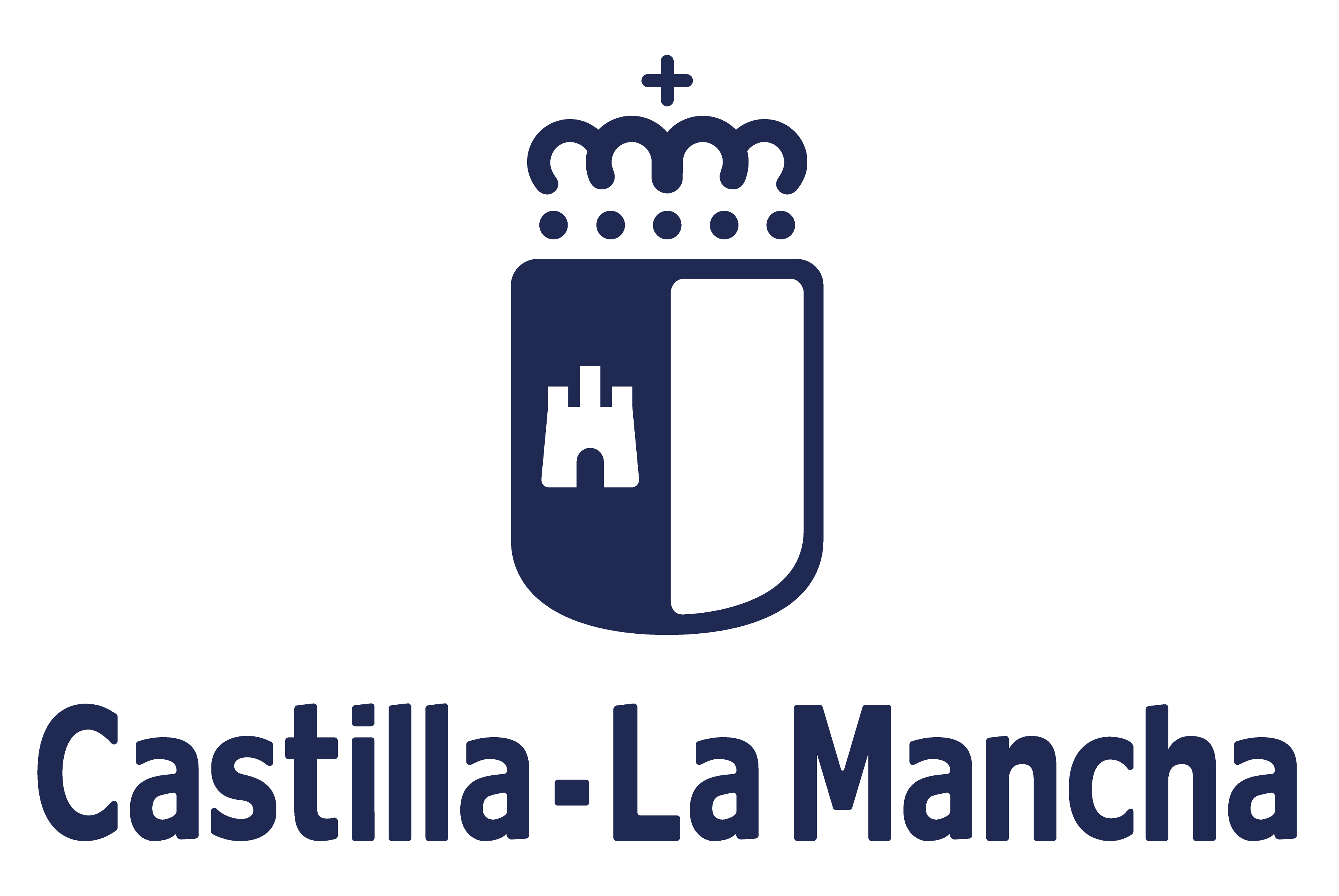
Solar energy is renewable energy that comes from solar irradiance. The irradiance that reaches the Earth has been used by humankind since antiquity through a range of different ever-evolving technologies. At the present moment, both the sun’s heat and light are harnessed using captors such as photovoltaic cells, heliostats, or thermal collectors, transforming them into electric or thermal energy. Solar energy is one of the so-called renewable or clean energies, which will probably help solve most of the climatic crises facing mankind in this day and age.
Concentration photovoltaics (CPV) energy is a type of solar energy that has seen major developments in recent years. Its main purpose is to reduce the quantity of semi-conductive material used in a photovoltaic system, as it is very costly. It is proposed to use optic elements (lens, mirrors…) instead to reduce costs while achieving the same electricity production.
Why is it called ‘concentration photovoltaics’? Because these optic devices allow the solar radiation to be concentrated over a small photovoltaic cell, but with higher efficiency compared to traditional silicon cells.
In the following image, you can see the difference between a flat photovoltaic panel (left) and a concentration photovoltaics system using a Fresnel lens (right) in order to concentrate the same amount of solar radiation over a smaller photovoltaic cell
 How a Fresnel lens works
How a Fresnel lens works
Photovoltaic cells used in CPV are rather different from the cells used in flat panels, since they must endure higher radiation density (the light output that reaches the cell is the same, but the surface is smaller). They are multi-band cells made of several layers of semiconductors that form p-n junctions between them. The goal of the different layers is to cover a wider range of the solar spectrum compared to the silicon cells. Thus, it is much more efficient (40% vs. 18%).
However, there is another feature to take into account. As they are optic systems (that is to say, they have an optical alignment), it is necessary for them to track the sun throughout the day so that the optic surface (lens or mirror) is always perpendicular to the solar radiation. This tracking is an added cost for this technology, but without it, the CPV system would not generate electricity because the light would not be concentrated on the cell.
Concentration photovoltaic energy is an open field with considerable technological advances.




